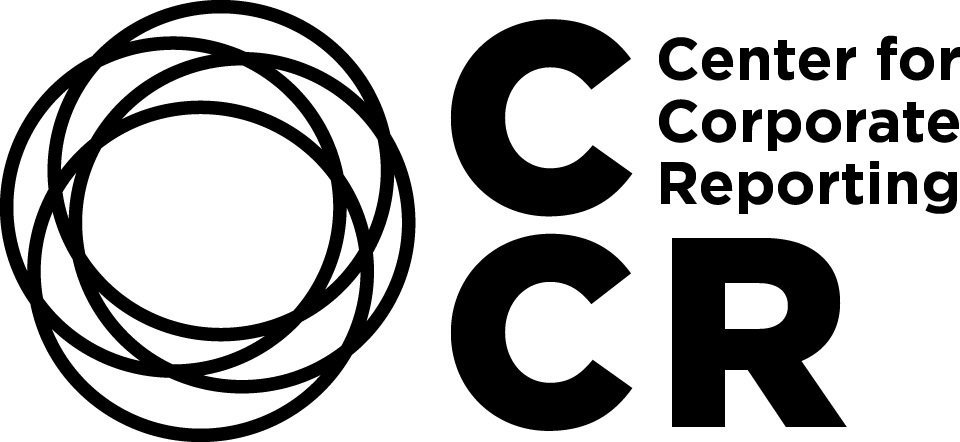From Vague to Value: Mastering CSRD’s DMA with Impact Valuation
Hopes were high for the EU Green Deal and the intention to demand more sustainability-related business information. The promise of more transparency was to benefit both the preparer as well as the users of the disclosed information. The benefit for the preparer? Know before others do. For the users: comparability of businesses’ sustainability performance without having to invest time in personal interactions or to rely on untransparent ratings. Sustainability experts were certain this would set off a race to the top of sustainability performance.
By Sonja Haut
(Disclaimer: this article represents the author’s personal perspective and does not represent an official Novartis position.)
This enthusiasm, however, has been replaced by a certain disillusionment. In a brief review of the first reports, numerous shortcomings were identified. To name but a few: incoherent materiality assessments; inconsistent and vague IROs; weak governance sections. And preparers aren’t thrilled either. The efforts required to comply with the extensive set of regulations takes the center stage. This sentiment is exacerbated by the fact the new ruling even applies to small and medium-sized enterprises. The distraction, the workload and the difficulty in providing the required documented evidence are mentioned among the challenges.
So, just “good intentions, poorly implemented”? That stance obscures the essential achievement of CSRD: the elevation of double materiality as a formal requirement.
Double materiality unveiled
The double materiality assessment (DMA) introduced by CSRD represents a significant advancement in sustainability reporting. It integrates two dimensions of materiality – the impact on the company and the impact on society.
Financial materiality helps ensure that relevant information is disclosed, allowing users to make informed decisions about all financial matters. One dimension of the DMA, determining the value to the company, aligns directly with this. The other dimension of the DMA is to determine the impact on society. Complementary sustainability reporting frameworks like GRI had expanded on this aspect before, yet only CSRD has made it compulsory.
High-quality materiality assessment would have attempted to capture this. However, such efforts have mostly struggled with identifying and incorporating stakeholder views. Even if these hurdles were overcome, the topics found by the materiality assessment process remained qualitative, even subjective expressions of expectations. Despite all efforts, this inherent shortcoming of current DMA practices prevents true comparability. Why is this a particular challenge for sustainability but not for financial reporting? The reason is simple: in financial reporting, the materiality lens gets applied to disclosure. Financial accounts capture all monetary transactions, not selected ones. In contrast, sustainability materiality today predominantly filters for what is viewed as material and then attempts to measure it. But there is a more viable way!
Exploring the interplays of DMA and impact assessment
A recent Deloitte paper lays out how impacts can be assessed quantitatively. Such an impact assessment provides a robust, data-driven foundation for streamlined stakeholder discussions. Material items for disclosure then are a subset of the complete assessment – in analogy to financial materiality. The approach addresses not just one, but both shortcomings of current-day materiality assessments: the inherent subjectivity and the lack of comparability. Combined with the methodology put forth by the Value Balancing Alliance/IFVI, comparability across companies becomes achievable. Add to that transparent sector impact benchmarks, and it becomes even more obvious where impact profiles of companies meet or fall short of expectations. On top, the paper shows a path that is universally and immediately accessible, thereby enabling companies to leverage impact assessments to the fullest.
The starting point remains the known qualitative stakeholder inputs. Instead of stopping there, they are subsequently refined using quantitative data derived from the company’s impact assessment. This route was used by the German automotive supplier ZF Group, resulting in a deeper understanding of the material topics and improved strategic alignment of sustainability initiatives, all while complying with CSRD.
It is fair to say that the paper serves as a pivotal resource for organizations aiming to elevate their sustainability efforts. It is set to reshape how organizations deal with the DMA challenge set forth by CSRD, enabling them to be both compliant and to adopt sustainable business practices.
Navigating compliance and advancing sustainability
Reducing the reporting burden as per the EU Omnibus law makes sense. After all, businesses need to stay competitive. In view of the demographic and social trends, economic pressures and environmental challenges, one should be careful not to throw out the baby with the bathing water. Screening for impact materiality will continue to be meaningful in these times of dynamic change. Impact assessments can turn out to be the essential navigational tool to not just stay the course but remain ahead of competition. Incorporating impact assessments in process and product innovation can help companies anticipate potential risks and opportunities, guiding them towards strategic decisions that not only align with regulatory requirements. More importantly, they foster a strategic direction, strengthen the external alignment with stakeholders, and boost employee engagement. This is imperative in identifying areas for growth and sustainability, ultimately enhancing the companys overall resilience in a rapidly evolving landscape.
Sonja Haut
has worked on impact valuation since 2015. She leads the Novartis VBA engagement. Sonja holds an MBA degree from IMD Business School and degrees in Physics and Mathematics. She is the author of “The Case for Impact”.



